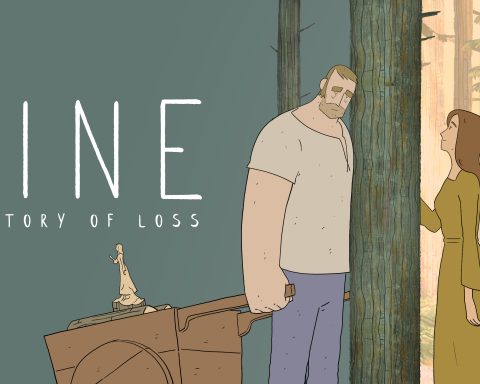Tourism by Matt S.
To the Japanese, Hakone is something of a retreat from the bustling city life of Tokyo, and as such it is an absolutely essential trip to take for a very different kind of Japanese experience.
Last year I did a drive through of Hakone just to visit a piece of the region’s history; the Sekisho Checkpoint, which was a key building through the Edo period. This time I was going to see more of the countryside.
To do so best I purchased a 5,000 yen ($50-$70 or thereabouts, depending on where you’re from) travel pass from Tokyo, which gave me unlimited access to the many forms of transport in Hakone (you’ll see what I mean in a moment), and jumped on a local train out of the city. A couple of hours later I was changing to a bus, which took me down to Ashinoko lake – a massive mountain lake that is the centrepiece to much of the Hakone appeal.
 |
| One of the townships that circle Hakone mountain |
This lake is absolutely mammoth, and is the caldera of the giant Hakone mountain volcano that last erupted back in 1170 CE. The water is crystal clear and cold – but never cold enough to freeze over, and is a prime fishing and recreation spot. As a result, a culture not unlike local beach cultures in Australia has formed around the lake, with gorgeous local cafes and lakeside restaurants built up all around the rim of the lake. With the humidity and heat of Japan in early autumn, just sitting next to the lake is hugely refreshing.
To read on, please log in with your DDNet Premium account:











